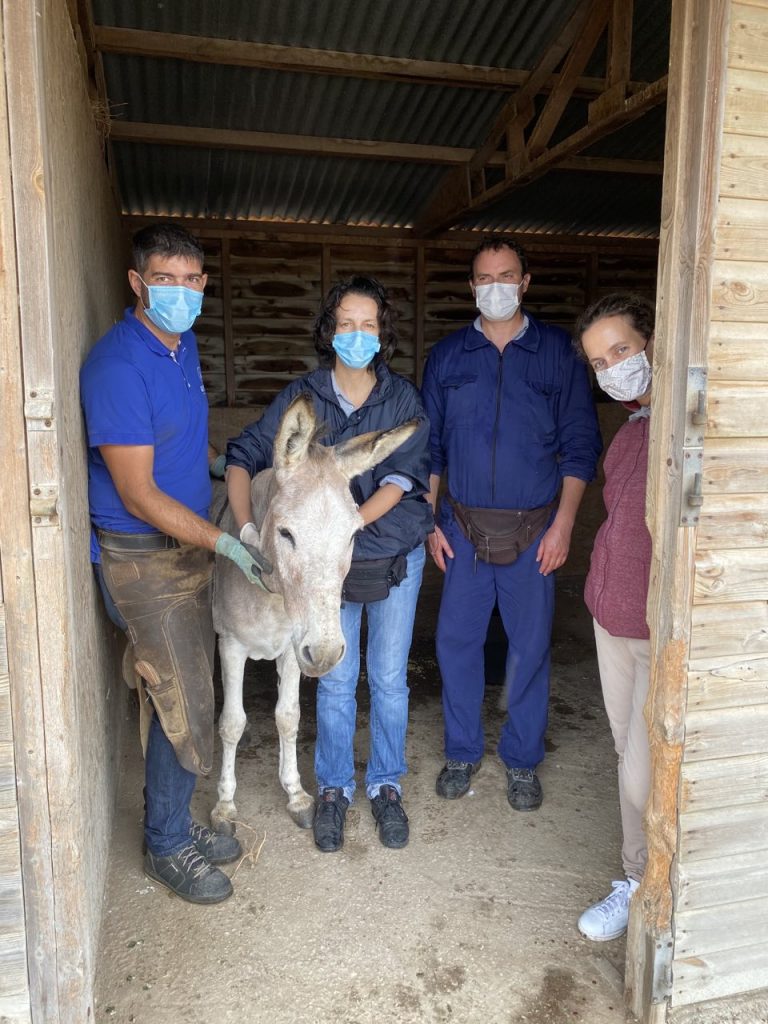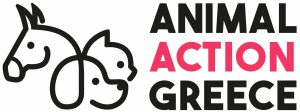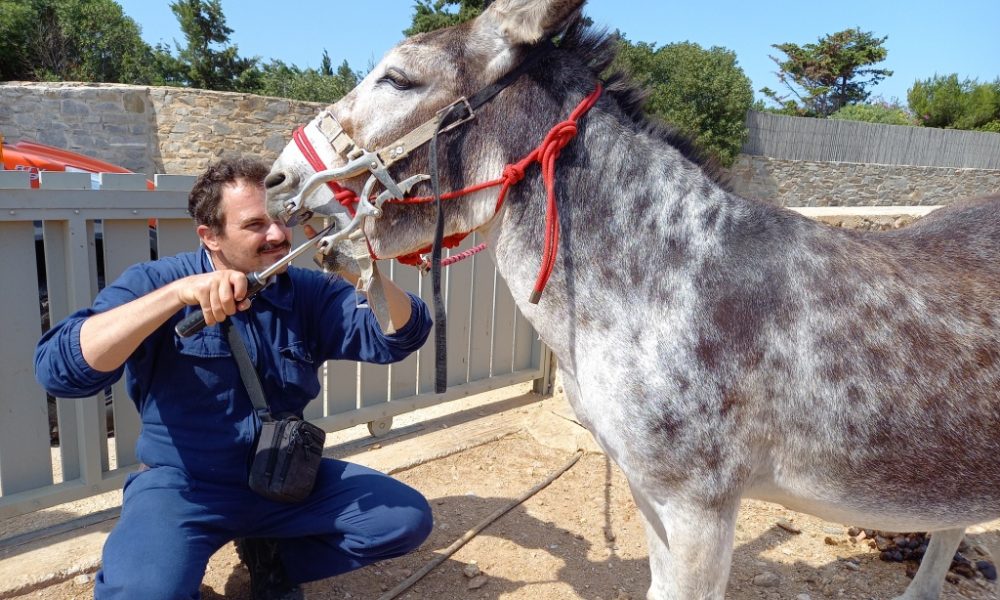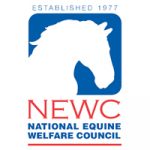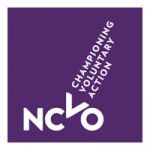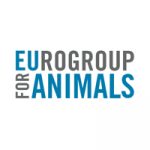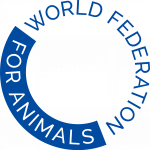Last month, our vet Elisa Geskou, farrier Tasos Skyllas and dental technician Alkis Gkeskos, visited the island of Paros despite the two serious obstacles that made their travelling and work difficult – an ever-increasing number of COVID-19 cases in Greece and some really foul weather caused by Mediterranean cyclone “IANOS”!
The team had to travel around the island wearing face masks in the cars for safety, but also work with masks on in certain locations, while taking all other precautionary measures against COVID-19. Very heavy rain and wind delayed the start of our first day, while the rest of the day’s work was done under continuous light rain. At the end of the day we had to climb up the mountain next to the wind turbines of the island in order to treat a donkey, worrying about what would happen if there was a lightning strike!
60 equidae were checked and any that needed it received veterinary, dental and farriery care.
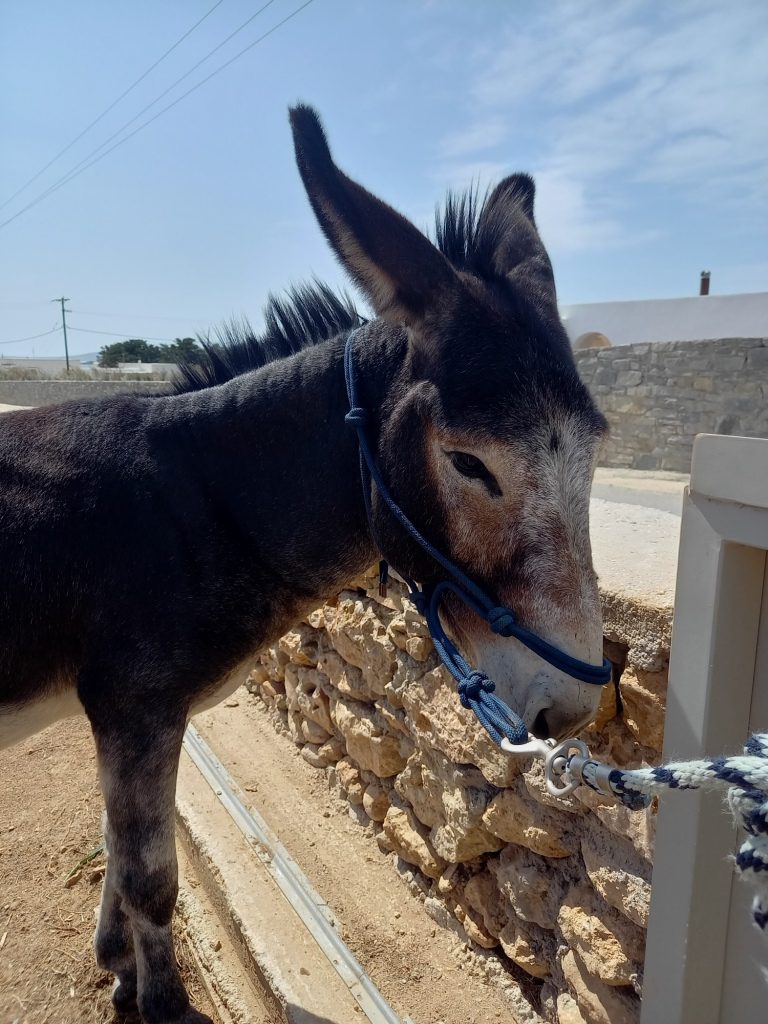
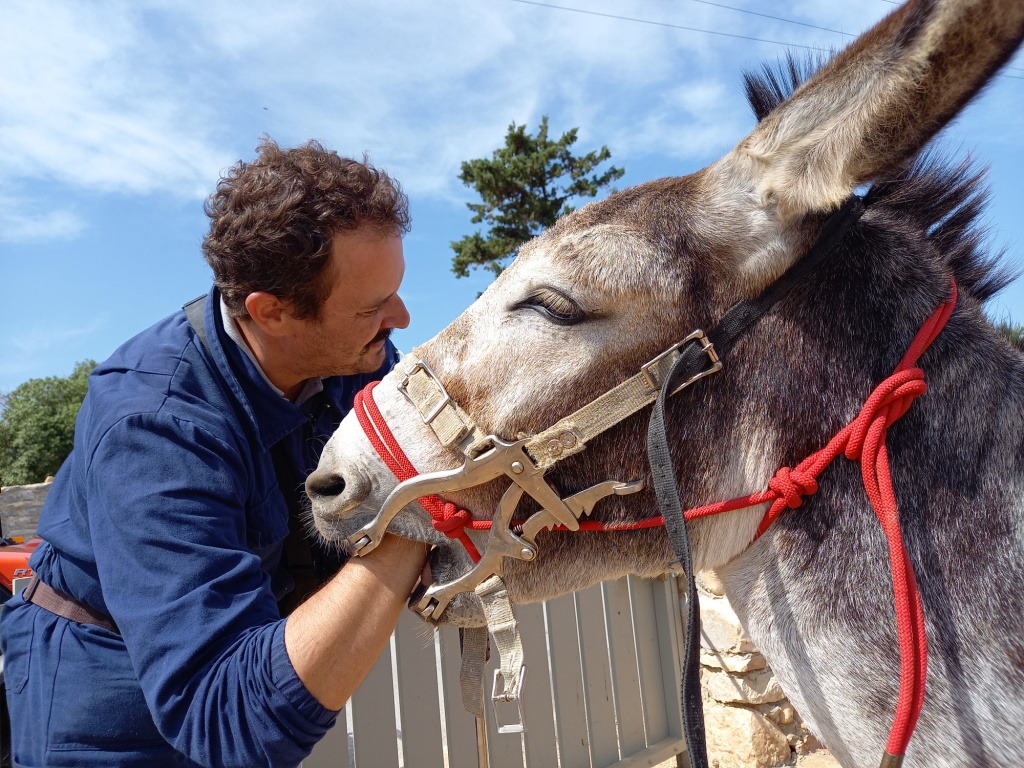
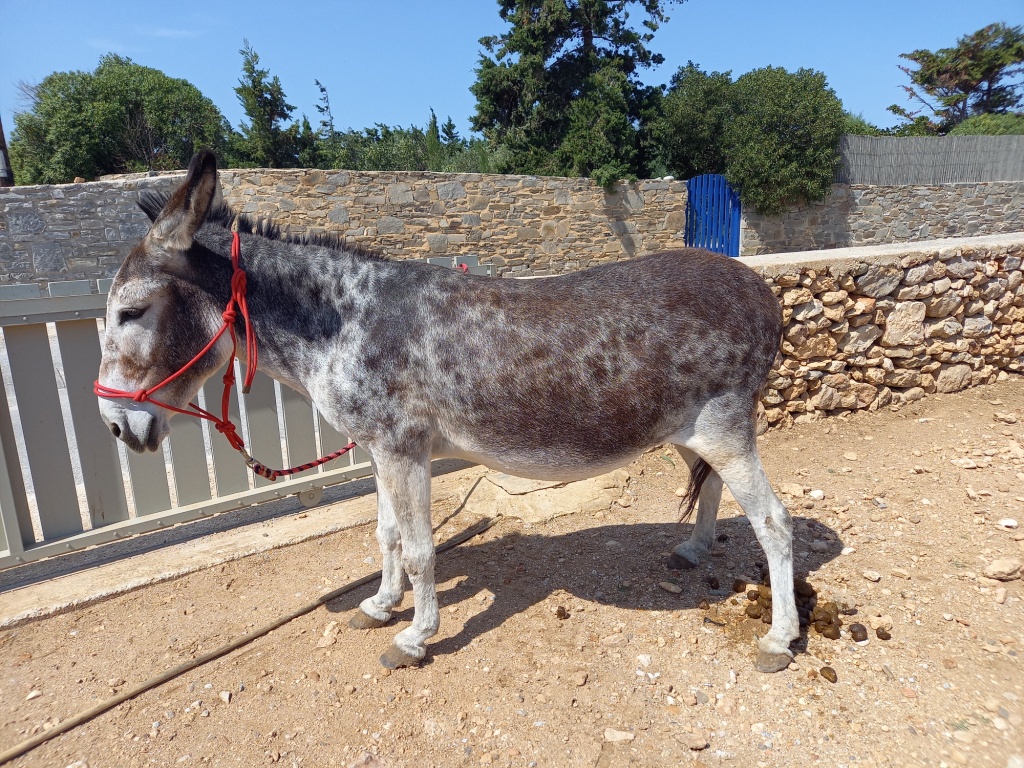
Veterinary advice and treatments were given by our vet to address a range of equine problems:
- Skin problems (sweet itch, melanomas, sarcoids)
- Respiratory problems (coughing)
- Injuries (a partly-detached hoof caused by an accident; a cannon bone injury due to a kick; a pastern injury as a result of hobbling)
- Lameness due to various causes (laminitis, ligament injury, tendon injury, osteoarthritis, frog thrush)
- Parasites (horse flies)
Advice on handling and welfare was also given to the owner of a 2-month-old donkey foal that has been blind in one eye since birth.
Detailed education regarding feeding was given to the owner of five donkeys, which, according to him, were each getting 12 kilos of a mixture of bran, barley and corn daily! (A sure recipe for laminitis).
We were extremely happy to meet a number of donkeys wearing broad leather neck collar and tethered from it with long rope on the ground (an alternative to hobbling), as well as several donkeys wandering free (unhobbled) in fenced fields.
We were delighted to meet one owner that we had met as a young boy several years ago, when we saved his foal from knee infection. Now, as an adult, he has created his own riding stables for tourists. All his horses are kept in a very good condition and stand out for their calm and gentle character, while they are kept in a spacious field surrounded by electric fencing.
Our farrier checked every single equid and trimmed the hooves of the ones in need, treating long and distorted feet, feet with thrush, cracks and white line disease. Although our team helps equidae, Tasos could not find it in his heart to refuse to trim the distorted feet of a very charming ram as well!
Our dental technician checked all equidae and rasped any sharp edges, hooks and ramps; the mouths of elderly animals were treated so as to make chewing comfortable for them, and our vet gave advice on appropriate feeding. A 30+ year old grey mare, whose owner told us about her difficulty in chewing, was extremely relieved when our equine dentist put his hand in her mouth and took it out again holding an extremely loose tooth!
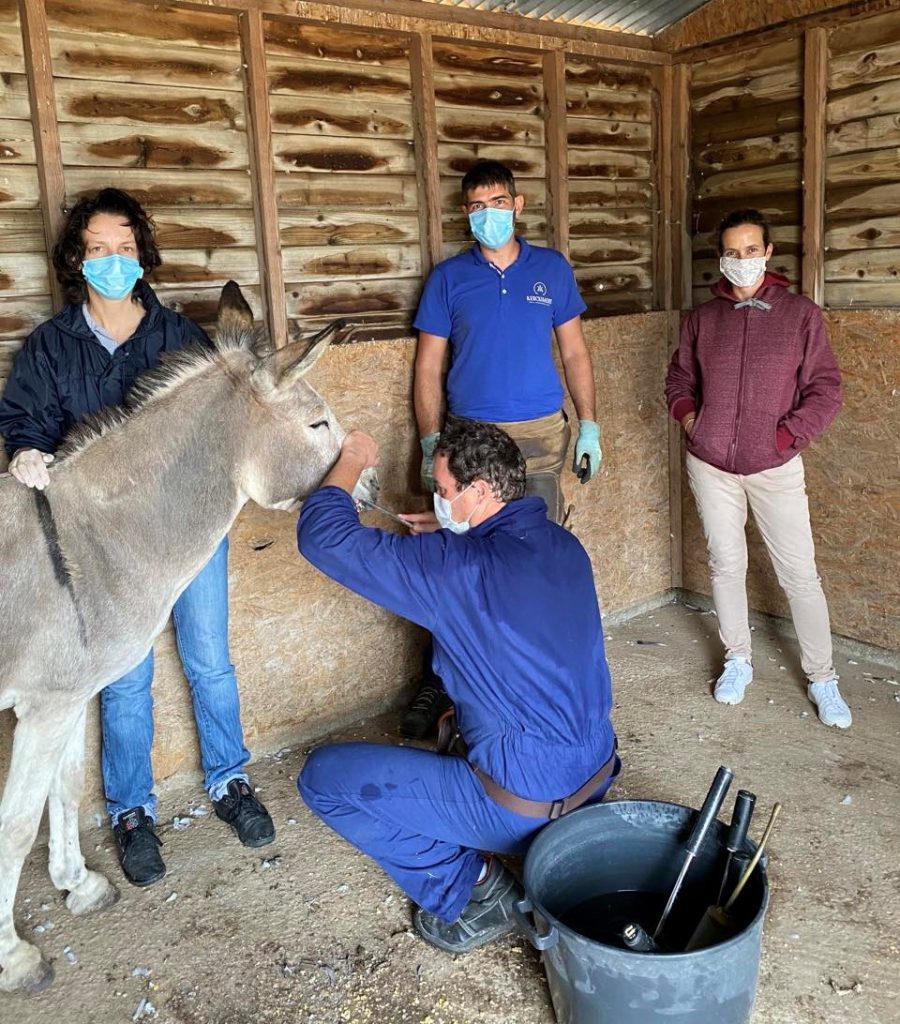
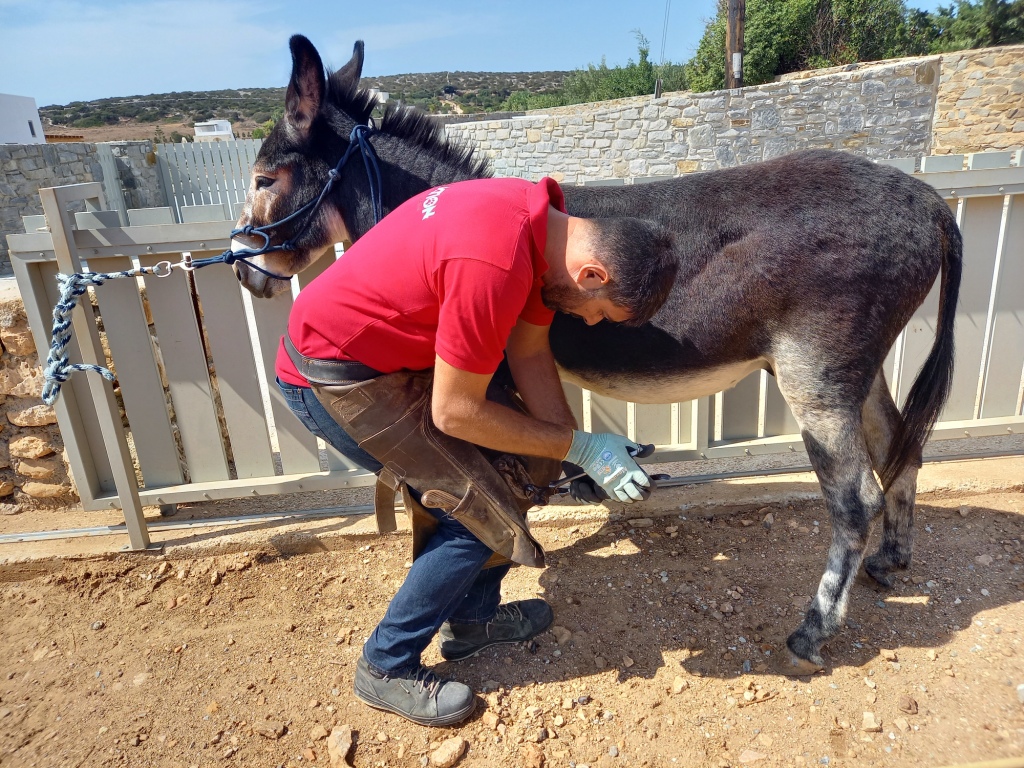
As we expected, hobbled equines were seen as well. Although the percentage of hobbled equines encountered was low (12%), this trip was a good start for our new anti-hobbling project. A thorough discussion was had with each of the owners and in each case an appropriate alternative was suggested, depending on the animal’s living conditions. We also made sure to point out the provisions of the relevant legislation including the sanctions that can be imposed when hobbling is used.
One case in particular demonstrated the impact of our equine team’s continuous efforts that are made following each of its visits.
A young donkey stallion “Platero”, who lived together with a female donkey, “Carmen”, could not be caught by anyone last year (well, he had been almost caught by Alkis but escaped before putting the head collar on!) and thus could not be given any care by our team. The couple that own the two love them but could not handle the stallion at all, neither could the person who was in charge of their daily care.
So life was difficult, even dangerous for the caregivers. But after the team left last year, we had put Platero and Carmen’s owners in touch with Ilektra Assilian, a psychologist and horse trainer. Sylvia, a local girl and a friend of Carmen and Platero’s owners, is new to the equine world but eager to learn. She quickly picked up from Ilektra, who visited the island, how to catch and handle the young stallion. This year, when we returned, we found Platero surprisingly calm: happy not only to wear a headcollar but also to have his teeth rasped by our EDT Alkis, and have his feet picked up by our farrier, Tasos. Our vet, Elisa, showed Sylvia some more techniques to use so that the young stallion can be handled further. This means his owners will be able to give him the best possible care for the rest of his life. Sylvia’s new knowledge and skills have been a great asset for Platero… just as we hope they’ll turn out to be for other donkeys on Paros!
Despite the difficulties, this outreach was satisfying as it once again proved that our equine team made a difference to the lives of equidae all over the island.
We would like, once again, to thank the local ministry vet for putting us in direct contact with the owners of equidae. Very little would have been achieved without the outstanding support of our local organizer, Marielli Karkazi, who for more than 10 years has been organizing our outreaches to Paros with undiminished passion, discretion and respect.

